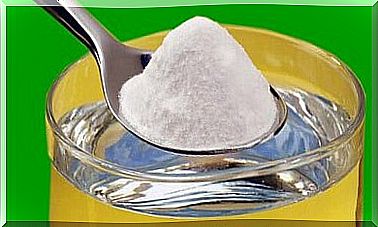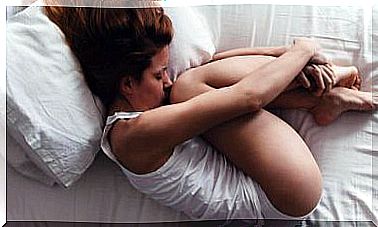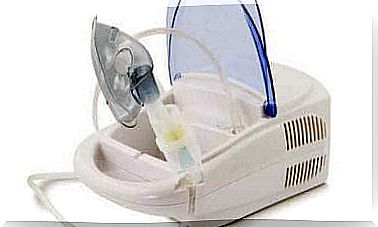Symptoms Of Cystitis In Men
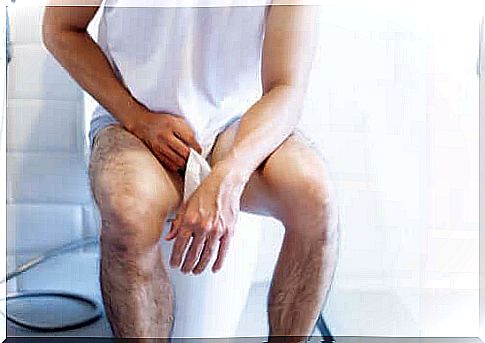
Cystitis refers to inflammation of the bladder. It is a more common disorder in women, but men can also suffer from it. So how do we identify it? In fact, the symptoms of cystitis are not much different between men and women. However, it is important to remain alert to the development of its symptoms, as untreated cystitis can lead to other unpleasant sequelae.
Cystitis usually occurs in men between the ages of about 15 and 50 years. Although the ailment is not severe in most cases, it is uncomfortable and can sometimes be a sign of other illnesses.
Urinary tract infections and cystitis in men
Male urinary tract infections can affect both the lower urinary tract, especially the bladder, and the upper urinary tract, the kidneys. The term “cystitis” itself refers to inflammation of the bladder and inflammation of the lower urinary tract.
In general, simple acute cystitis can be suspected if the infection is confined to the bladder and does not affect other urinary tract or kidneys. Determining the location of the inflammation is therefore relatively important because the patient’s treatment and prognosis of treatment depend largely on which part of the urinary tract the infection affects.
Symptoms of cystitis in men
Urinary tract infections and cystitis in men are not as common as in women. This is because the anatomically shorter urethra in women exposes pathogens to easier access to the bladder. Men’s decreased susceptibility to UTIs – such as the National Center for Biotechnology Information Guide that is clarified – is due in part also in the prostate fluids to provide antibacterial defense mechanisms.
In most cases, cystitis in men does not cause complications and the symptoms are similar to those in cystitis in women. The symptoms of cystitis in men are usually as follows:
- Dysuria: Refers to pain during urination. The pain may feel like a burning or stinging sensation.
- Frequency of urination, ie an increase in the number of urinations.
- Urgency of urine: In other words, a greater than normal need to urinate because urine cannot be contained.
Other, less common symptoms include:
- Pain in the lower abdomen and genital area.
- The need to urinate increases more at night, while the need to urinate during the day is correspondingly lower.
- Weaker than normal urine shower.
- Hematuria.

Possible complications
When symptoms of cystitis in men recur or are accompanied by pain in the pelvic and / or anal area and fever, it may be topical to suspect the possibility of prostatitis. For this reason, the need for a urologist’s appointment should be carefully assessed in the near future.
At the same time ways should be aware that fever, chills, and fatigue and soreness either on one side of the body or arcus costovertebralis named range (angle, which is located on both sides of the back are not compatible with the symptoms of men with acute cystitis diagnosis. Occurrence of these clinical signs, it is possible that it is a much more serious ailment than cystitis, such as pyelonephritis, or inflammation of the kidneys.
Proper diagnosis of cystitis is essential to be able to prescribe the right drug treatment for the patient to eradicate the inflammatory bacterium and thus also to avoid complications. In this case, the doctor should also find out if the symptoms are due to this infection or some other pathology.
Diagnostic tests
To determine the diagnosis of cystitis, the doctor begins by carefully investigating with the patient all the symptoms that occur. In this way, the physician will be able to determine if other additional tests are needed to prepare a correct diagnosis. These tests may include, but are not limited to:
- Urine Analysis: An analysis performed by either microscopy or a test strip to look for pyuria, or wet urination (white blood cell urine).
- Urine Culture: Urine culture provides an expert with information on antibiotic susceptibility. Gram staining in urine may serve as a useful guide in the selection of empirical antibiotic therapy while urine culture results are awaited. In the case of cystitis or other inflammation, bacteria are present in the urine sample. Usually, in the case of a male patient and the doctor suspects cystitis, this test is always performed. Antibiotic treatment is not prescribed until appropriate urine samples have been collected to identify the inflammatory bacterium.
- Other tests: A digital rectal examination may be performed if acute prostatitis is suspected. Finding a swollen and sensitive prostate will help confirm this alternative diagnosis.
Chronic prostatitis can be suspected in men who suffer from cystitis, especially if the infections occur repeatedly and have been found to be caused by the same bacterial strain.
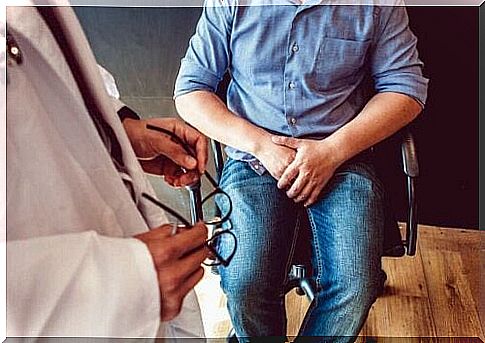
Risk factors for more severe cystitis
There are certain specific features that may favor the development of acute and troublesome cystitis. Therefore, the physician should pay special attention to the treatment of patients with the following symptoms:
- Urinary tract abnormalities: Kidney stone disease, stenosis, stents, and surgical procedures in which urination has had to be redirected due to, for example, defective ureters or urethra.
- Patients with immunodeficiency: For example, neutropenia, a shortage of neutrophilic blood granulocytes or advanced HIV infection.
- Diabetes mellitus that has not been treated with treatment.
How should the symptoms of cystitis be treated?
As already mentioned, the development of cystitis in healthy men under the age of 50 or in men who do not suffer from other disorders predisposing to the disorder is not very likely. However, when the patient is over 50 years of age, the risk of cystitis increases, as at this age some men also begin to develop prostate hyperplasia.
If symptoms of cystitis occur, it is recommended that a doctor be consulted so that the disorder can be properly diagnosed and treatment can be started as soon as possible. It is recommended that the progress of treatment be monitored in conjunction with the results of urine culture.
In certain situations, it may be necessary for your doctor to assess your entire urinary tract and prostate function. In this case, the assessment is performed by a nephrologist specializing in kidney structure or a urologist, respectively.
Finally, it is worth mentioning that a healthy lifestyle and adequate daily drinking of water are important factors in preventing new cases of cystitis.


